January event:
COVID-19 pandemic spread prediction with geoscience data techniques
Report:
Rewatch the event on Youtube.
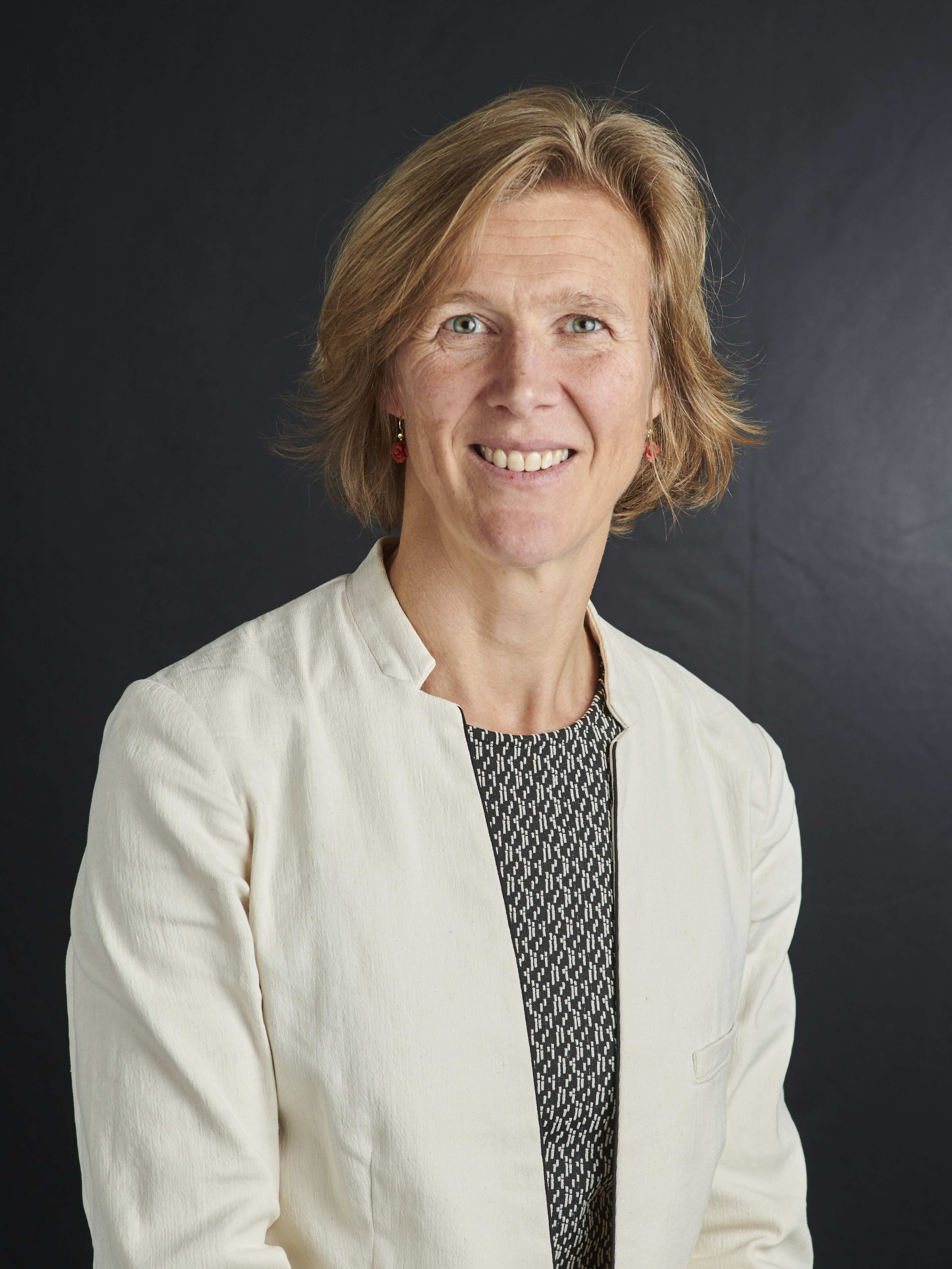
Speaker: Prof. Femke Vossepoel (Delft University of Technology)
Biography:
Femke is Associate Professor in Geoscience and Engineering at Delft University of Technology, Netherlands. In her research, she assimilates data into numerical models of subsurface flow and mechanics to estimate the effects of subsurface activities and associated risks. The data-assimilation techniques used for this purpose originate from meteorology and oceanography, where Femke has her roots. With a PhD degree in Aerospace Engineering from Delft University of Technology, she started her academic career in the use of satellite data for climate forecasting. In 2007, these twelve years in academia were followed by almost ten years in industry with Shell International Exploration and Production. In this period, she applied her expertise in the field of data assimilation to applications of assisted history matching, and the integration of seismic and non-seismic data for exploration and reservoir characterization. In September 2016, Femke returned to TU Delft to take up her current position and build her research portfolio in data assimilation. Applications of her current research include, but are not limited to, the use of gravimetry and satellite observations, for instance GPS and InSAR, for surface movements related to subsurface processes such as groundwater production, geothermal energy, hydrocarbon production, gas injection and storage, and resource mining. Triggered by current events, she embarked on a project to investigate the use of data assimilation to improve the assessment of the COVID-19 pandemic.
March event:
Energy transition Part I, Netherlands goes gas-free: A reality check
Report:
by Hannes Kutscha
In March Prof. David Smeulders summarized the climate agreement and challenged the current approach of the Dutch government.
He warned about the danger that too much haste combined with an ambitious, unrealistic and inconsiderate approach
might quickly lose social acceptance, without which the entire endeavour would be critically slowed down.
In some sense this can already be seen by the extremely low ratio of realized vs. expected gas free dwellings.
Smeulders pointed out that the double standard in (private vs. industrial) taxation and the unfair distribution of
the targeted emission reductions might be difficult to defend, once the cost of the energy transition is felt by society.
Also the planned onshore wind and solar parks and their backup systems demand a lot of space,
which will need to be made available and compensated for.
He argued the focus should more be on a European solution than the Netherlands alone, for instance,
the interconnectivity of energy grids to neighbouring countries needs to be improved.
In general Smeulders would like the government to prioritize affordable and efficient methods,
which excludes the phasing out of natural gas by 2030.
A short term solution would be the transitioning of still existing coal power plants to gas power plants
that would reduce CO2 emissions quickly at a relatively low cost.
Hydrogen could be used not only as fuel but also for energy storage,
especially as the storage infrastructure is already available (the natural gas grid).
Rewatch the event on Youtube.
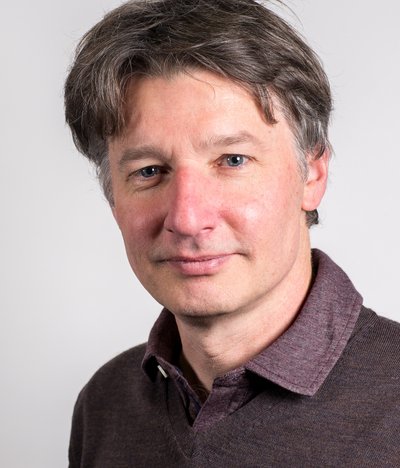
Speaker: Prof. David Smeulders (Eindhoven University of Technology)
Biography:
David Smeulders is a full professor in the section of Energy Technology at Eindhoven University of Technology (TU/e), where he is the chair of Engineering Thermodynamics for Energy Systems. His research interests include transport in porous media, gas dynamics, thermodynamics, acoustics, hydraulic fracturing and sustainable energy sources. His current research topics are Mircroscale interface processes and Small-scale renewable energy systems.
April event:
Energy transition Part II: Efforts of Fraunhofer Institute in decarbonization of heating
Report:
by Hannes Kutscha
Germany has different energy challenges than the Netherlands and is not thinking of phasing out natural gas any time soon,
as in many cases it will be needed to replace the many still operational coal power plants by 2038.
A large part of the produced energy is currently used for district heating,
which in the future will be partially covered by geothermal energy.
In his talk in April, Dr. Frank Strozyk spoke about the achievements and challenges in decarbonization of heating
as experienced by the recently established Fraunhofer IEG (Research Institution for Energy Infrastructures and Geothermal Systems),
part of Fraunhofer, Europe's largest application-oriented research organization.
Strozyk first focused on the planned construction of a geothermal research power plant (Demonstrator 1) located
at Weisweiler, North Rhine-Westphalia, and industrial focal point where there is an abundance of geothermal springs
in the city of Aachen nearby.
The outcome of this pilot project could strongly influence the decision on a larger-scale roll-out of this technology in Germany and beyond.
Strozyk then focused on the storage of solar thermal energy from summer months in form heated water for the winter months.
The deeper parts of abandoned coal mines seem very suited for this task. In the test project (Demonstrator 2),
concentrated solar power will be used to heat 20000 m3 of mine water at 70 m depth from 100 to 600
Celsius in the summer.
During winter this water will be heated up (by heat pumps) to 110/1200C and fed into the district heating grid.
He argued that compared to solar and wind power, geothermal energy is provided constantly and reliably.
A potential stumbling block may be the seismic activity in the region and the principal risk for induced seismicity from geothermal production.
Interestingly, seismic information and deeper wells, as an indication for geothermal feasibility, are only available in the north
and south of Germany because of previous searches for hydrocarbons.
Both speakers mentioned that a lot of knowledge and expertise from the oil and gas industry would be very beneficial in those coming projects.
Rewatch the event on Youtube.
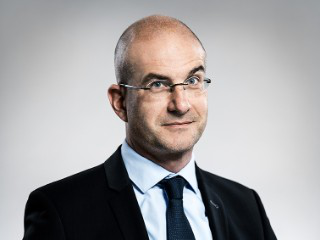
Speaker: Dr. Frank Strozyk (Fraunhofer IEG)
Biography:
Frank Strozyk received his Ph.D. degree from the centre for Marine Environmental Sciences (Marum) in Bremen. He did his postdoctoral research at the Geological Institute of RWTH Aachen and later became a senior researcher at the Energy and Mineral Resources group of RWTH Aachen. From 2018 to 2019, he was the Innovation and Business Relations Manager of RWTH innovation GmbH and in 2019 he worked as a senior researcher and project manager at the International Geothermal Centre in Bochum. Since 2020 he is het head of Transfer and Strategy at Fraunhoger IEG.
May event:
Mineral exploration with active- and passive-source seismic interferometry: more data for lower cost and environmental impact
Report:
Rewatch the event on Youtube.
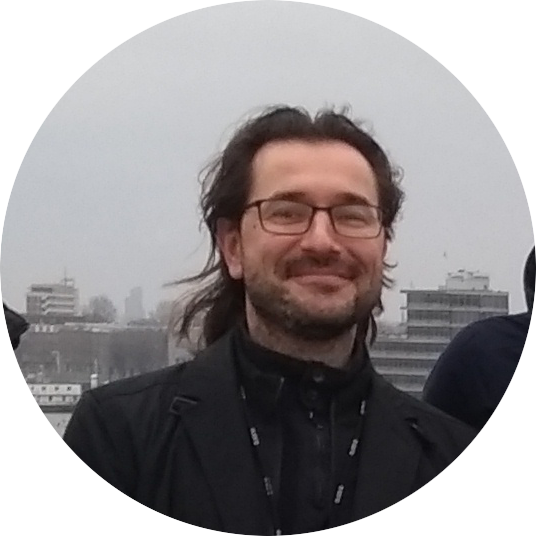
Speaker: Prof. Deyan Draganov
Biography:
Deyan Draganov is an Associate Professor in the section of Applied Geophysics and Petrophysics at the Department of Geoscience and Engineering at Delft University of Technology (The Netherlands). He obtained his PhD (cum laude) in 2007. His expertise lies in the theory and application of seismic interferometry from ultrasonics, through near-surface and exploration to global scales. Together with Prof. Wapenaar, he was giving a two-day course on seismic interferometry as part of the continuing-education curriculum for professionals for the Society of Exploration Geophysicists (www.seg.org). Since 2004, Draganov's research has resulted in 65 published papers, one book publication, and four book chapters. In 2010, Draganov received the J. Clarence Karcher Award from SEG. Draganov was awarded VENI in 2007 (08115) and VIDI in 2012 (864.11.009) personal grants by the Dutch science foundation NWO. From 2006 till 2017, he served as Associate Editor for Geophysics and from 2017 to 2019 as an Assistant Editor for Geophysics. He is a member of SEG and EAGE.
June event:
Toward a Wavescope - AI-driven, Bayesian imaging and monitoring of subwavelength microstructures and finite-frequency waves
Report:
by Hannes Kutscha
On June 24th the EAGE Local Chapter Netherlands had an exciting online starting with a heartily welcome
by Diego Rovetta and an introduction by Hannes Kutscha.
Afterwards our speaker, Ivan Pires de Vasconcelos, Assistant Professor of Applied Geoscience at Utrecht University,
presented his work on: “Toward a Wavescope - AI driven, Bayesian imaging and monitoring of subwavelength microstructures
with finite-frequency waves.”
The goal of this method is the retrieval of quantitative microstrucutral information - physical parameters and geometry -
of materials in the subsurface at scales below connventional wavelength resolution.
Hereby, it is crucial to realize, that different types of micro-structure geometries have a negligible effect
on the effective wavespeed, but they have a prominent effect on the effective attenuation.
This was then showcased on a CO2-sequestration example, where water in the pores of subsurface rock was replaced with CO2 gas.
It became clear, that the traveltime information did not change significantly at all, but the changes in the waveform
of the signals were very prominent - carrying curcial information about changes to pore geometry at the microscale.
Interestingly, the dependency of the attenuation with respect to micro-structure seems to be limited to certain frequency ranges.
Ivan's findings could be important for sustainable subsurface monitoring (CO2, H2, geothermal).
His idea is to create a 'wavescope', which allows to retrieve microscale information from long-scale waves.
In order to accomplish this, a good understanding scale-dependent physics, like waves,
and an efficient description of heterogeneities in the subsurface is needed.
It seems that Statistical Microstructure Descriptors (SMDs) are a very powerful tool for this purpose,
as those functions are mathematically well defined functions, but at the same time are capable of describing
highly complex materials.
Ivan showed that polytope functions, as they have fixed geometric shapes and fixed orientation,
are suitable descriptors for capturing high-order spatial correlations in microgeometry.
Because their scaling is controlled by a single degree of freedom, they are computationally very efficient,
while being able to capture complex geometric information, like anisotropy.
In the next step SMDs are then utilized in combination with the “effective wave properties“ in order to capture
micro heterogeneities.
There, strong contrast expansions are used, which utilize the greens functions of the actual wave equations.
This means that effective properties can be provided, that are frequency-dependent and that capture true wave behavior.
Again we saw that very different micro structure/geometry had little to no effect on the effective wave speed.
Hence, this property is not very useful for extracting material geometry (e.g. permeability which is related to geometry).
On the other hand, the effective attenuation does have a depence on the geometric pattern.
In the final and most important step of Ivan's approach,
conclusions about the statistical geometry are derived from measurements by AI-driven Bayesian Inference.
In this context, the fact that those SMDs cannot have any arbitrary functional dependence,
but are instead physically constrained to certain functions and combinations thereof,
is used to train a random forest predictor (supervised machine learning scheme).
It seems that by measuring wave speed and attenuation as a function of frequency,
we could not only resolve parameter contrast and volume-fraction (e.g., porosity),
but also infer geometric information about the material.
This is possible, because Ivan's finite frequency theory uses the statistics of materials instead of actual realizations.
This is crucial in order to solve an otherwise untractable inverse problem due to far too many degrees of freedom,
while naturally leading to information about the statistics of materials - instead of single realisations -
together with corresponding uncertainty estimates .
Ivan concluded his talk by mentioning that SMDs are useful for reconstruction problems
(creating new samples of effective material) and for analyzing rock physics and different changes to digital rock materials.
But their true potential lies in their utilization for inverse problems.
Also it is key to note that attenuation is crucial if we are after geometric information of the material.
After Ivan's talk we had a lively discussion and Q&A.
Finally we opened all the microphones of the remaining attendees to allow for social interaction.
Rewatch the event on Youtube.
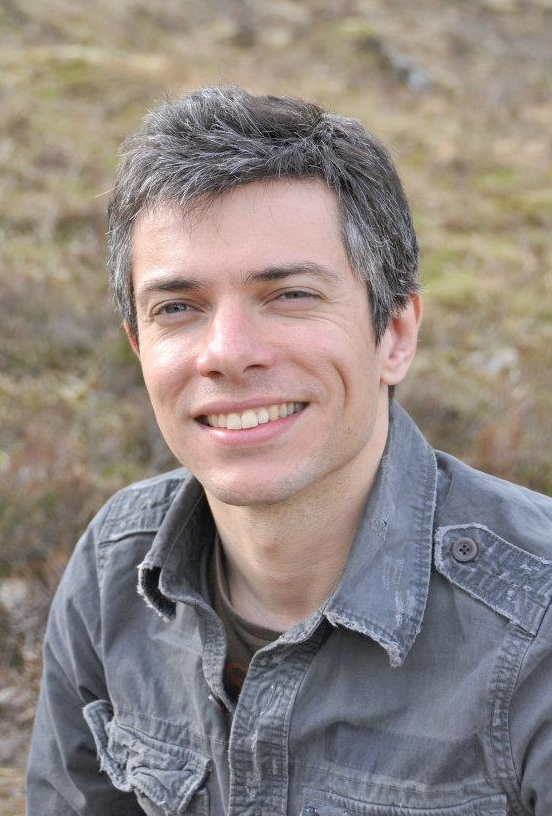
Speaker: Prof. Ivan Vasconcelos
Biography:
Ivan Vasconcelos is Assistant Professor of Applied Geoscience at Utrecht University (UU) since 2016. His research focuses on imaging science primarily in geophysical and rock physics applications at field and laboratory scales, but also with strong multidisciplinary ties to material science, engineering and medical imaging. He received his PhD in Geophysics from the Colorado School of Mines (USA) in 2007, and before re-joining academia worked in industrial research at ION Geophysical (3 years) and Schlumberger (6 years). Author of over 50 peer-reviewed publications and 12 patents, Ivan is recognised as a leading expert in imaging, having received the 2014 SEG J. Clarence Karcher Award for outstanding young scientists, and being honoured as the youngest-ever SEG Honorary Lecturer in 2018. He has served in the editorial boards of Geophysics (2011-2016), and Geophysical Journal International (2016-2020), and regularly referees across disciplines (e.g, Physical Review journals, Natural Materials, IEEE journals).
September event:
Virtual Reality for Geoscience.
Report:
by Joeri Brackenhoff
On September 16th 2021 the EAGE Local Chapter Netherlands hosted a virtual webinar on Virtual Reality for Geoscience.
For the event, two speakers were invited, namely Raymond Pols, MSc. from Craytive Technologies and Dr. David Hodgetts from VRGeoscience Limited.
The event started with a talk by Raymond Pols.
After a brief overview on the history of VR over the past few decades, he gave some insight in his own experience with VR and what his company is working on to further develop the technology.
He showed some of the applications of their technology, which allows for the study of field exploration, such as examining borehole cores in VR.
The technology is specifically de-signed to allow people who can be continents apart to collaborate on a project and discuss their work in an efficient manner.
At the end of his talk, he even showed a real time demonstration of their software in action, using VR goggles.
David Hodgetts started off on a similar note as Raymond, by examining the history of VR.
David has worked with the University of Manchester for many years and during that time developed software that forms the basis of his current company.
He showed the capability of VR to bring geological exploration directly to the office without the need for stepping into the field and how additional measurements and possibilities can be integrated into the workflow.
This included capture of the software in action and once again showed how powerful of a tool VR integration can be.
After the two talks, there was time for questions by the audience.
The two speakers seemed to agree on a large amount of subjects, particularly with respect to VR interaction.
For example, they stated that the use of virtual avatars to represent participants in the VR environment is beneficial for the experience as it helps people to envision that other people are physically present.
Their view of the future of VR was positive and they both believe that due to the increasing demand for VR applications, the development of the field will accelerate in the coming years.
Overall, the event was a success due in large part to the synergy of the speakers.
Their talks and discus-sions were insightful and audience reaction was very positive.
The event is available on the EAGE YouTube channel, for anyone who is interested in this exciting new technology.
Rewatch the event on Youtube.
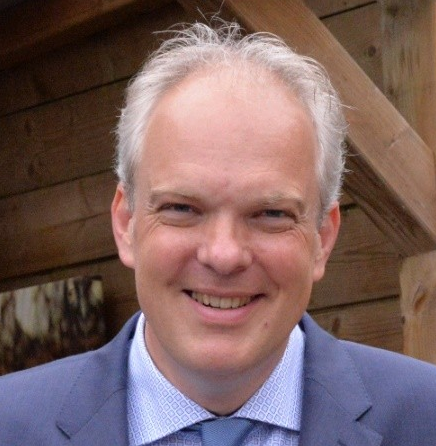
Speaker: Raymond Pols, M.Sc. (Craytive Technologies)
Biography:
Throughout my career I've always worked on 3D Visualization software for 3D Geoscience and 3D Reservoir Modeling. After my study Computer Graphics at the TU Delft in 1992, I started working for Shell Research in Rijswijk working on 3D Reservoir Modeling software together with a team of Geologists. In 1999 I started with a business partner JOA Software & Services where we started the development of JewelSuite: a commercial 3D Reservoir Modeling software application for the global Oil & Gas industry. In 2010 our company has been acquired by Baker Hughes, after which I continued to work on JewelSuite also together with Shell in a Joint Product Development project. In 2017 I started my new company Craytive Technologies were we are now developing the next generation cloud-based 3D Visualization and Collaboration XR environment, especially focusing on 3D Geoscience projects, workflows and use cases. 3D Visualization has been my passion throughout my career, and it's fascinating to be able to apply all present hardware and software technologies for Geoscience using Cloud, Mixed, Virtual and Augmented Reality.
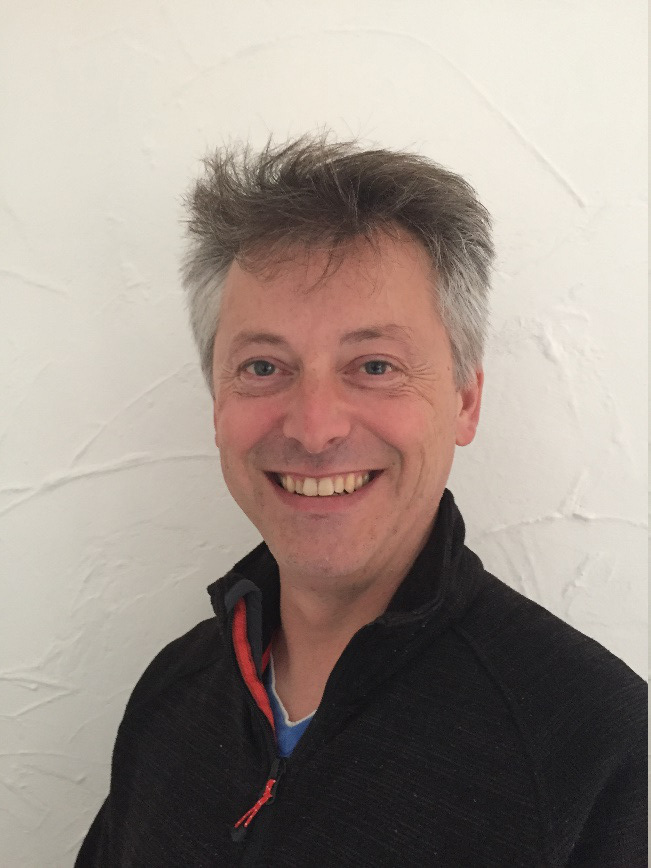
Speaker: Dr. David Hodgetts (VRGeoscience)
Biography:
I received an honours degree in Geology from Durham, followed by a Computing in Earth Science MSc and a PhD in 3D numerical modelling of continental lithospheric deformation from Keele University.
After a short post doc. at Keele working on 3D structural restoration algorithms I moved to Liverpool to join the Strat Group working on a diverse range of projects both subsurface and fieldwork related.
In 2003 I moved to the University of Manchester to take up a position as lecturer in Petroleum Geology and Reservoir Modelling.
I have extensive experience of working on petroleum industry projects ranging in scope from forward modelling, geological software development, seismic interpretation, field mapping and reservoir modelling.
Though quite varied in nature these projects have relied heavily on my combined expertise of geology and computer programming.
My research has focussed on the application of digital data acquisition techniques, in particular terrestrial laser scanning (lidar) and photogrammetry to field geology.
This research has focussed on outcrop description and extraction of geostatistical data to assist in subsurface reservoir characterisation.
To achieve this, I developed software called VRGS (Virtual Reality Geological Studio) to facilitate the processing, interpretation and modelling of lidar, photogrammetric and other digital outcrop data types.
In 2020 I took a career break to work full time for VRGeoscience Limited, a company I spun out from the University of Manchester to commercialise VRGS and develop new and innovative digital outcrop geology applications.
October event:
Decarbonization and energy transition (part I)
Report:
Rewatch the event on Youtube.
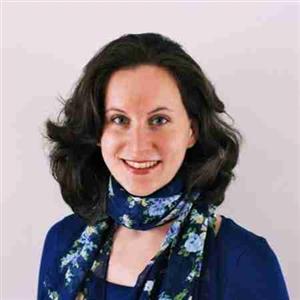
Speaker: Dr. Esther Vermolen (NAM)
Biography:
Esther Vermolen holds the position of Energy Transition Lead at NAM/Shell, where she is responsible for decreasing the footprint of the NAM hydrocarbon production and the NAM support for a portfolio of Energy Transition projects (CCS, Geothermal, Hydrogen). She has a background in Chemical Physics and 12 years of experience in Shell. After finishing her PhD research at Utrecht University, Esther joined Shell early 2009 where she first worked in Enhanced Oil Recovery research. In 2014, she moved into Upstream Development, where she was responsible as Reservoir Engineer for the Dutch Underground Gas Storage facilities and later for the UK gas fields in the Southern North Sea. In 2018, Esther joined the NAM Energy Transition team, where she was responsible for subsurface hydrogen storage and CO2 storage.
November event:
Decarbonization and energy transition (part II)
Report:
Rewatch the event on Youtube.
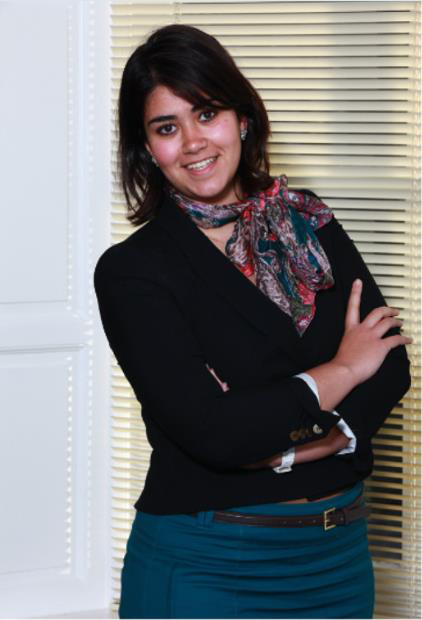
Speaker: Rowan Haddad M.Sc. (EBN)
Biography:
Rowan Haddad is a Reservoir Engineer with 10 years of experience in the E&P sector, from integrated green to brown gas field developments across Europe and Africa. In the last few years, whilst working on brown field developments in the Netherlands, Rowan has developed an interest in the utilization of depleted gas fields for CO2 storage. Working at EBN, Rowan is currently focusing on the development of Porthos, connecting the subsurface storage to the transport hub through an integrated approach to minimize risk and ensure the project's commercial success. Rowan holds a Bachelor's degree in Civil Engineering and a Master's degree in Petroleum Engineering from Imperial College London.
December event:
Seismic noise and subsurface characterization for gravity wave detectors
Report:
Rewatch the event on Youtube.
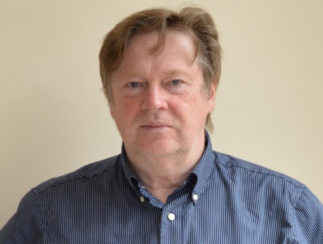
Speaker: Prof. Jo van den Brand (Nikhef/Virgo)
Biography:
Prof. Dr. Jo van den Brand is director of the Subatomic Physics group at VU University Amsterdam (since 1996) and specializes in nuclear, particle and astroparticle physics. He has worked on particle accelerators all over the world, and initiated and directed Nikhef's gravitational physics program. He was member of the Detection Committee of the LIGO Virgo Collaboration that validated the first groundbreaking observation of gravitational waves from a binary black hole merger. He is co-initiator of Einstein Telescope, a third generation gravitational observatory.